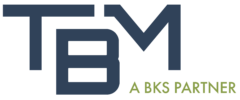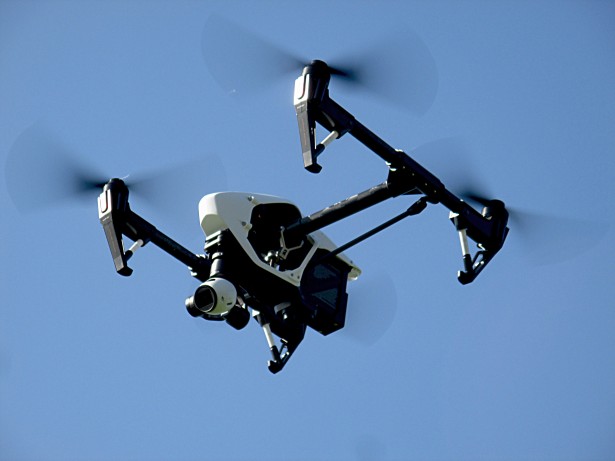While the military and hobbyists have been using unmanned aerial systems (UAS), better known as drones, for some time, businesses are just starting to adapt the technology for their own uses. UAS are creating new opportunities—and new risks—for businesses to evaluate, and regulators and insurance carriers are scrambling to keep pace.
Regulation
Unfortunately for businesses, the clearest UAS regulation applies to non-commercial use. Hobbyists with small craft may operate drones, but they must maintain a visual line of sight (VLOS), stay below 400 feet and remain at least 5 miles from airports.
The Federal Aviation Administration (FAA) has proposed rules which would regulate size, restrict flight paths, clarify registration and marking, and outline training for drone operators. At the moment, the FAA plans to restrict UAS operation to VLOS flight during daylight hours, though that may change as technology advances.
The Small UAS Rule has yet to take effect, and its exact provisions are likely to be revised. However, the FAA is exercising its authority under Section 333 of the FAA Modernization and Reform Act of 2012 (FMRA). Under this rule, the FAA can grant case-by-case authorization for the commercial operation of certain UAS prior to the finalization of the proposed Small UAS Rule.
Physical Loss: Beyond the Aircraft
Businesses will want to consider their potential physical losses carefully. With UAS, it’s often the loss of the payload—not the aircraft itself—that can be the most costly.
One of the most widespread applications to date has been in unmanned aerial photography. Businesses in real estate, agriculture and insurance all have interests in surveying and photographing land, and the cameras used to do so can get expensive. Filmmakers, who have also been pioneering commercial drone use, often employ even more expensive cameras.
Because of the increasing affordability of drones, the payload often has a higher intrinsic value than the aircraft itself. Additionally, cameras and other payloads are usually slung below the aircraft, meaning that in the event of a hard or emergency landing, damage to the payload is almost certain.
Planning for Obsolescence
Technology itself could prove especially costly in the event of a UAS loss. The manufacture of UAS is neither regulated nor standardized, which means there are a number of manufacturers in the market, each adhering to different standards. Many haven’t diversified, and should some technological advancement prove too costly for certain smaller companies to adopt, they could potentially go out of business.
Bankrupt or defunct manufacturers, coupled with a lack of industry standards for design, could mean that the loss of a relatively inexpensive motor today would instead be a total financial loss on the aircraft five years from now, when replacement parts are completely unavailable.
Casualty and Liability
As with conventional aircraft, a UAS crash could mean a hefty casualty claim. While the crash rate is actually relatively low with conventional aircraft, UAS are not subject to the tight maintenance requirements or the stringent operator regulations that make conventional commercial aircraft crashes so rare.
Eventually, mechanical failures and operator errors will likely result in crashes. Businesses, especially those that operate UAS in populated areas, should make sure they are adequately covered in the event of property damage or injury to a third party.
Theft and Fraud
A couple of benefits of UAS—their portability and advanced technology—can also prove to be great liabilities. Small UAS make easy and attractive targets to thieves, and the industry hasn’t developed many internal safeguards against stolen drones. Unlike the traditional aircraft industry, which has a tracking system and serial numbers for aircraft parts, the UAS industry hasn’t adopted either a tagging or tracking system. In other words, there’s almost no chance of recovering a stolen UAS.
Broad Use
Another benefit that could become a potential liability is the flexibility of the technology—that is, a drone’s potential as a broad-use aircraft. In theory, the same UAS that photographs a parcel of land for a realtor on one day could be used to survey a hazardous chemical spill the following day.
This kind of flexibility offers a broad number of business opportunities, but each new opportunity brings with it attendant exposures that compound upon one another. Businesses will have to think through how they plan on using their UAS in order to make sure that their FAA authorization, and their insurance, covers each arena of commercial use.
Who Watches the Watchers?
Privacy represents one of the largest exposures with regard to drones. A highly maneuverable technology that gives remotely operated cameras virtually unfettered access to any location is bound to result in claims of privacy breach. What’s unclear, however, is how both the legal system and insurers plan to address these new exposures.
Currently, carriers exclude all privacy-related claims, but the increased exposure means that there’s a potential market for such protection. However, without some kind of precedent, it’s uncertain how, if at all, the insurance industry will respond.
Cyber Liabilities
Perhaps the greatest potential liability comes from the cyber risks posed by UAS. The greatest fear is that a hacker might hijack a drone and fly it into a commercial airliner or some other populated location, resulting in massive property damage and loss of life.
However, while that scenario is possible, other scenarios are more likely avenues of loss. Customer data—names, addresses, credit card numbers, images, videos, etc.—is a far more enticing target for hackers, and one that an enterprising thief with a little skill and a wireless transmitter might be able to access from a drone flying overhead.
Putting it All Together
New technology always brings new risks. Protecting your business means understanding those risks and minimizing your liabilities. To evaluate your business’s specific needs, contact Tanner, Ballew and Maloof, Inc. today.



